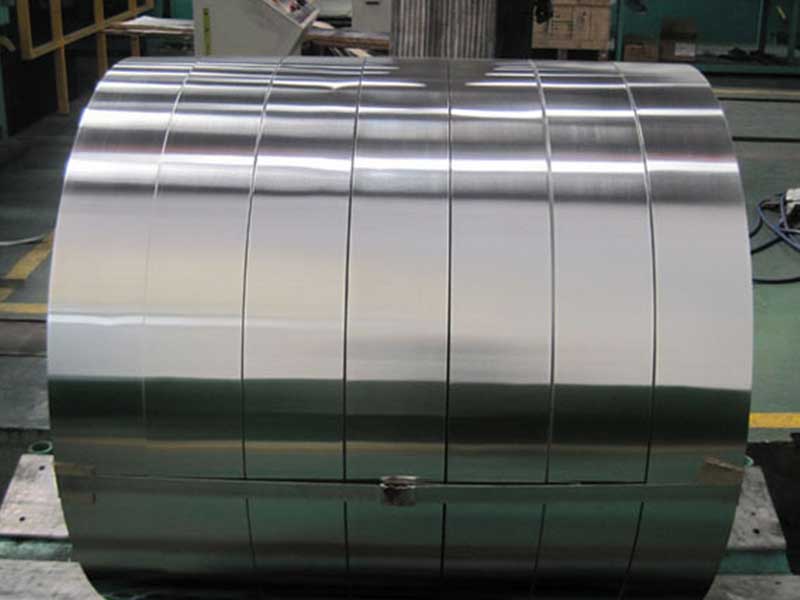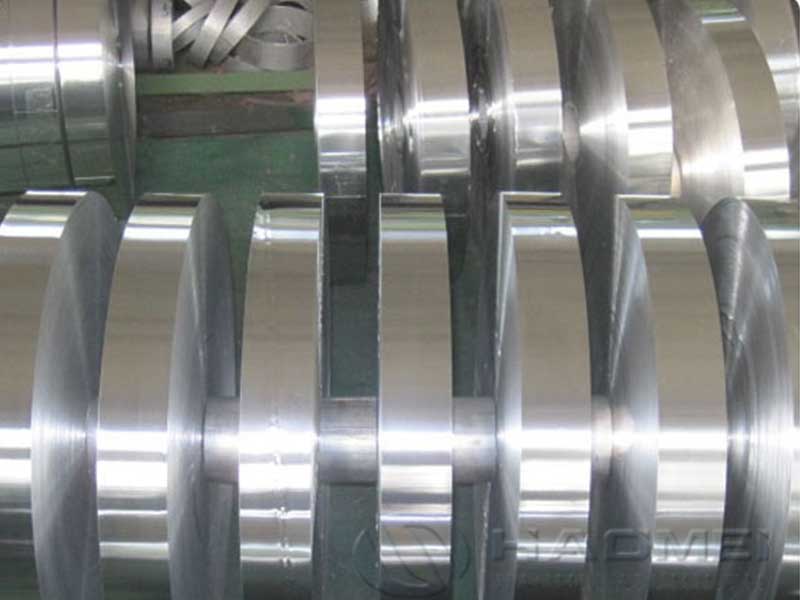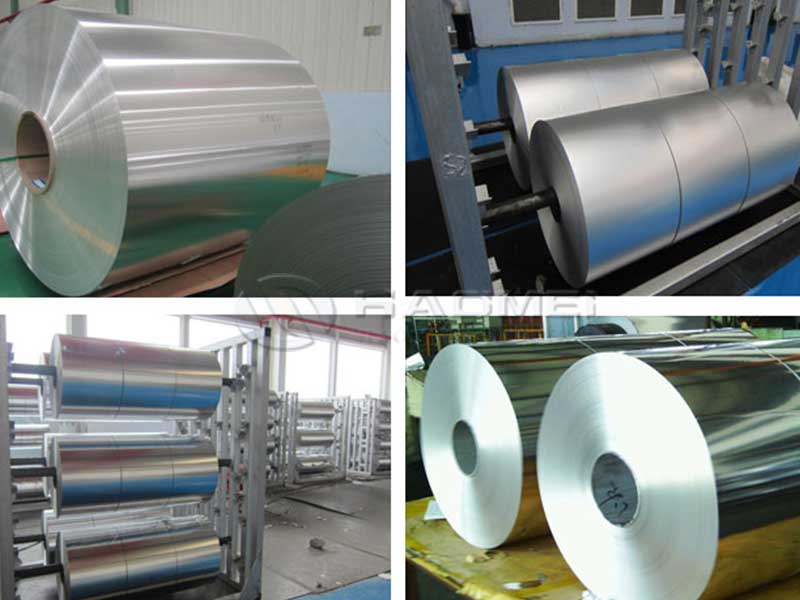Aluminum foil coated mill finish 1050 1060
In a world bustling with innovation and multi-environment testing, aluminum continues to assert its major role in various applications due to its lightweight, durability, and versatility. Among aluminum products, one specific category garners significant attention: aluminum foil—especially when coated and in mill finish forms like 1050 and 1060 alloy series.
To truly view these alloys through a distinctive lens, we should consider not only their compositions and properties but also their impact on day-to-day life and industry practices.
Unpacking the Alloys: 1050 and 1060
When distinguishing between aluminum alloys, one often zeroes in on singular numbers: 1050 and 1060. These two belong to the 1000 series of aluminum alloys, which are renowned for having a minimum aluminum content of 99%. The use of "mill finish," in this context, refers to the original state of the surface after rolling—smooth, reflective, and a tad grainy—providing a perfect backdrop for further treatment.
Working with aluminum foil coated in a mill finish, specifically grades 1050 and 1060, presents unique challenges compared to other foil types. The 1050 (99.5% pure aluminum) offers excellent corrosion resistance and formability, making it ideal for food packaging where purity is paramount. However, its softness necessitates careful handling throughout the production process to avoid scratching or damage to the mill finish. Maintaining consistent coating adhesion on this soft substrate is crucial; even minor inconsistencies can lead to delamination during subsequent processing or, worse, in the consumer's hands. We often see issues with edge wrinkling or surface imperfections stemming from inconsistencies in the coating application or the foil's inherent softness. Careful control of tension and temperature during rolling and coating is paramount for consistent quality.
The slightly harder 1060 alloy (with small additions of iron and silicon) offers a compromise between formability and strength. This can be advantageous in applications requiring slightly more robust packaging, though it still demands careful handling to preserve the mill finish. We've observed that the 1060 alloy sometimes exhibits slightly different coating adhesion characteristics than 1050, possibly due to its altered surface chemistry. This requires us to fine-tune our coating parameters – specifically adhesive type and curing conditions – to ensure consistent performance across both alloys. Furthermore, the subtle differences in surface texture between batches of 1060 can influence
1050 Alloy is characterized by its incredible thermal and electrical conductivity along with excellent corrosion resistance, making it a staple across electrical applications and heat exchangers. Typically, its purity (99.5% aluminum or higher) ensures an ultra-low level of impurities, which directly contributes to its favorable properties.
1060 Alloy, meanwhile, contains 99.6% pure aluminum, maintaining similar attributes to the 1050 series—but with nuanced modifications suitable for specific folding and forming tasks. This strength and formability make 1060 a top choice for applications ranging from foils used in packaging to detailed metallic components seen in various machinery and processes.
Coated Benefits: The Role of Surface Treatment
When we talk about aluminum foil, it’s essential to discuss how coating plays an integral part in enhancing functionality. Coatings on aluminum foil can significantly elevate properties that matter most to consumers and engineers alike: barrier effectiveness, printability, and resistance to degradation.
Imagine a simple application, such as wrapping your homemade lasagna. A coated aluminum foil will not only prevent moisture loss, preserving integrity and taste, but also triumphs against prolonged exposure to freezer conditions—an essential feat during holiday seasons.
Furthermore, in the communication and construction sectors, it's also common to find adhesive-backed coated foils, which create bonding strength that multiple processes can utilize. From insulation materials that don’t just trap heat but reflect it efficiently to electrical vehicles where lightweight components ensure optimum performance, aluminum foil coated with mill finish embodies this versatility ly.
Sustainable Benefits of Coating and Utilizing 1050 and 1060 Alloys
The 1000 series, particularly 1050 and 1060, springboards the conversation to not only the present use but also sustainability in design and manufacturing. Aluminum products are inherently recyclable and maintaining the same properties post-recycling makes them attractive in an ever-green economy—ones that forehead the idea of usage and reusability.
Coated aluminum can last extended periods without development rust or stains due to its substrate protection. Add solar reflectivity to the composite, and the energy savings created can be game-changing for architectural elements in modern-day construction.
https://www.al-alloy.com/a/aluminum-foil-coated-mill-finish-1050-1060.html




